|
Home
Contact
Research Interests
News
Research Group
Publications
Open Positions
Undergraduate Projects
Teaching
Department
University
Home
Contact
Research Interests
News
Research Group
Publications
Open Positions
Undergraduate Projects
Teaching
Department
University
|



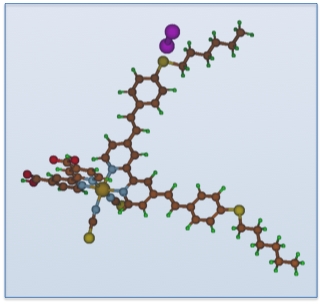
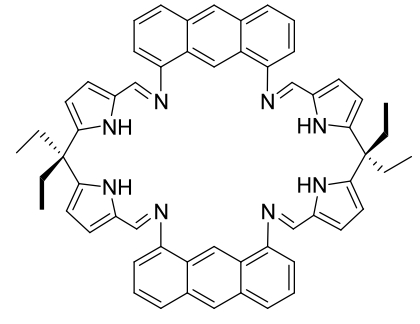
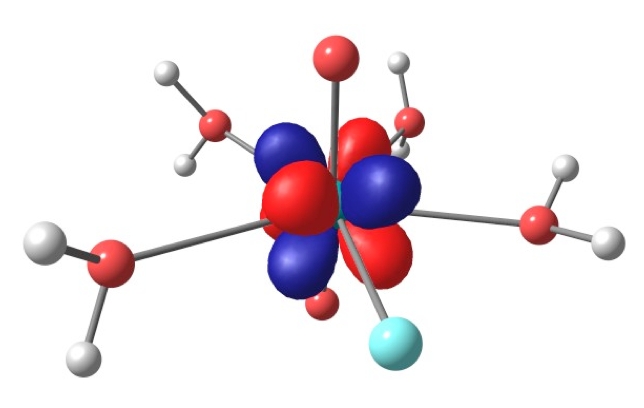
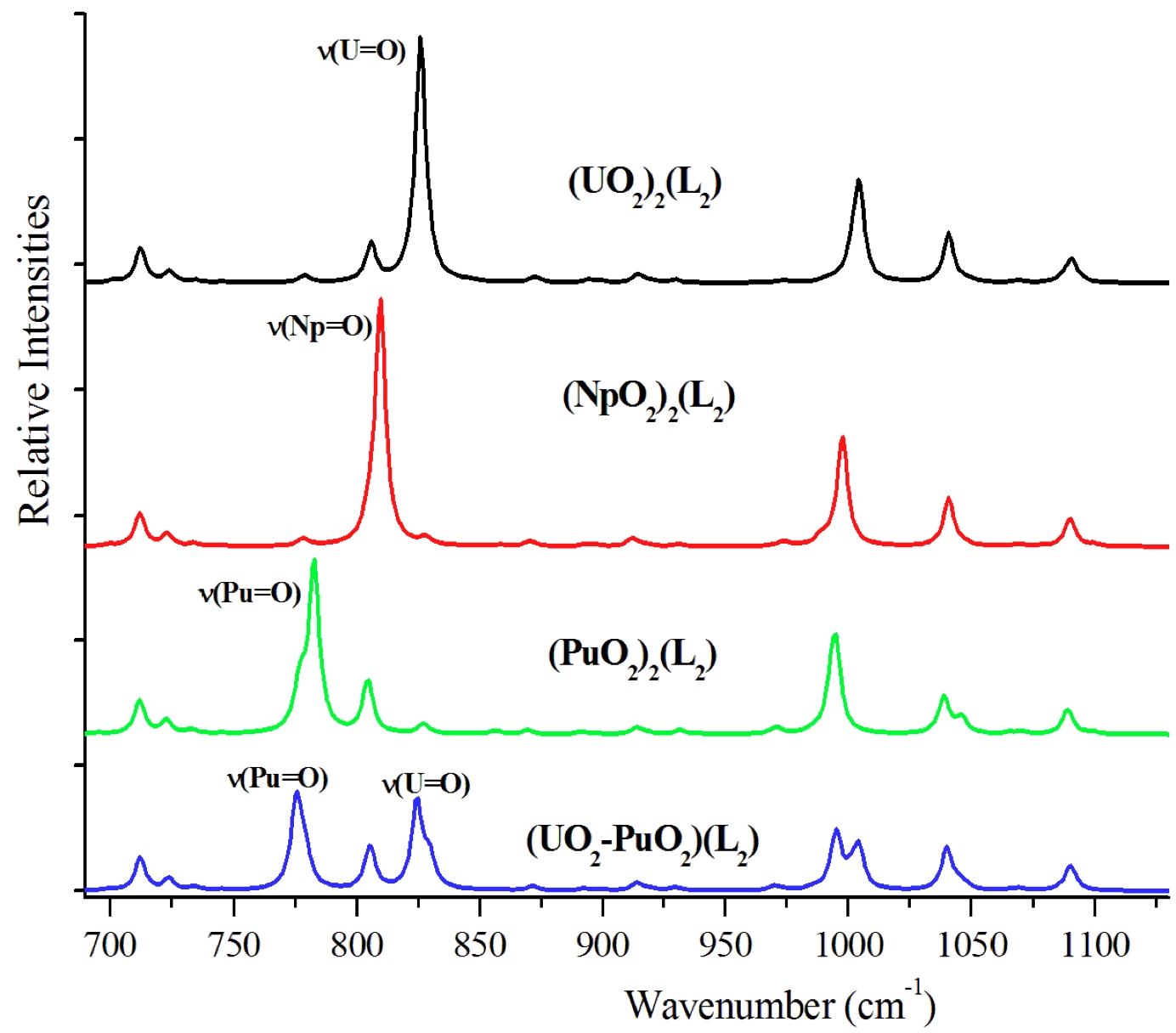

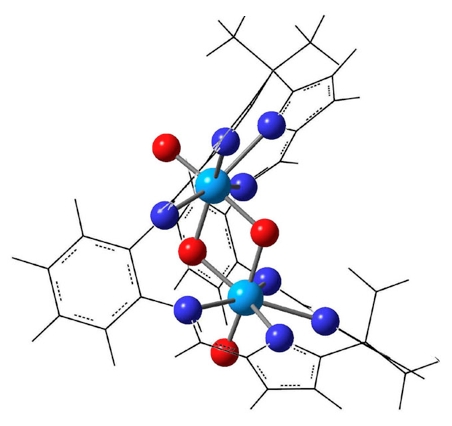
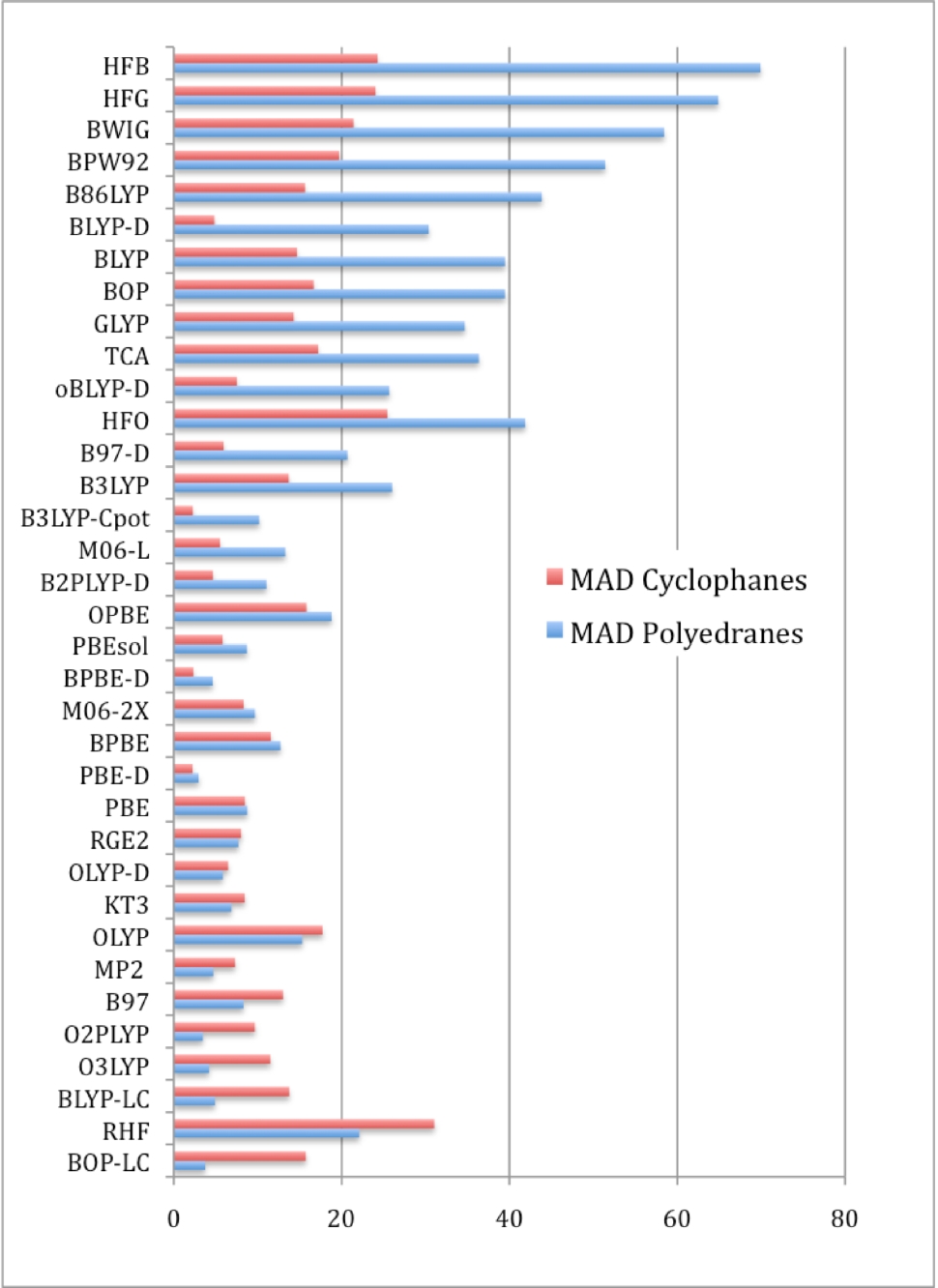
Research − Overview
Generally, our research is computational in nature. In other words, we are doing chemistry with computers, or I sometimes call it chemistry in silico. (No explosions or smelly solvents here!) For a brief description of our computer systems, see the Computer Clusters page.
Principally, undergraduate research projects can be of two types:
(i) computational modeling of specific (typically inorganic or materials-related) chemical questions, and
(ii) method and code development.
Prior knowledge of computational chemistry is not necessarily required for modeling projects. (Although, of course, such knowledge − the old CHEM4660, or the new CHEM3260 − doesn't hurt either!) Such projects are normally chosen out of the existing and ongoing research within my group. Thus, these types of projects require a strong interest in the chemistry being studied. Sometimes, the projects involve collaboration with experimental groups, on campus or elsewhere in the world.
On the other hand, to work on method development, students would need to have some programming experience already, as well as an understanding of quantum mechanics (as taught, for instance, in CHEM3360): Essentially, we are working out quantum-mechanical equations in detail (say, for the calculation of the solvation energy, the NMR shielding, or certain surface effects), and then we turn them into code − write the code, debug, test and optimize it. Typically, this is done within the environment of an existing program system such as ADF.
Research − Themes
Currently, we have the following research projects and programs in my group. (See also elsewhere on these webpages, e.g. the research page, and feel free to talk to me for more details.)
- Theoretical actinide molecular science: We are interested in the chemistry of the actinides, especially early actinide elements such as Th, U, Np, Pu, with a focus on their environmental chemistry and on fundamental questions. Current projects concern e.g. aqueous species, macrocycle inclusion complexes, bonding analysis, gas-phase reactions, periodic trends across the actinide series, organometallic complexes, or adsorption and reactions on mineral surfaces and 2D materials. Recently, we extended the work to the entire actinide series, specifically adding both the early (e.g. Ac, of interest as a potential radiopharmaceutical) and later actinides as well (Am and beyond). See paper A43 [Acc. Chem. Res. 43 (2010), 19] for an overview of our earlier work in this area.
- Solar energy: (i) We are using the tools of computational chemistry to understand fundamental aspects of "dye-sensitized solar cells" (DSSC), specifically the role of the dye (often a Ru complex or an organic chromophore) and of the I-/I3- redox couple. (ii) We search for new "singlet fission" materials. Typically, these are relatively large conjugated organic compounds. (iii) We investigate polymer-based photovolatics. (iv) Earlier, we have modeled water-splitting reactions catalyzed by transition metal and actinide complexes.
- Metal-protein interactions, so far with a focus on interactions of actinides with specific proteins.
- Method and code development aiming at (i) solvation models, (ii) high-throughput computational (HTC) pre-screening of dyes for DSSCs, (iii) surfaces and interfaces.
- Materials − polymers: Modeling of conducting polymers such as polythiophene and its derivatives. Questions include, for instance, the influence of chemical modifications on the electronic structure and band gap.
- 2D materials: We study 2-dimensional (2D) materials (analogues of graphene): silicene, germanene, 2D MoS2−WSe2 hereostructures, borophene, etc. These particular projects are often "more physics than chemistry". A more chemical twist concerns the influence of chemical modifications and metal adsorption on the properties of the material.
- Environmental (aqueous, surface, gas phase) chemistry of heavy metals such as mercury, thorium and uranium. Some examples are interaction of aqueous U with a mineral surface, thermodynamic properties of HgS, or gas-phase reactions of Hg that are part of the global biogeochemical mercury cycle.
- It is also possible to explore new themes! Current possibilities could, for instance, include:
(i) Surface reactivity. In this project, you would apply a newly developed computational method (solvation model) to study catalytic reactions on interfaces between solution and metal or semiconductor surfaces.
(ii) Elementary chemical processes in novel batteries.
Practical Details
Undergraduate research projects could be summer projects or 4th year (typically honours) research projects. Another possibility might be a Co-op work term, or even volunteering. In any case, please talk to me if you are interested! Usually, I don't formally advertise undergraduate positions.
For summer projects, as they normally involve a salary, some planning is necessary, which means that you should probably contact me well in advance. For instance, the departmental deadline for NSERC scholarships or Faculty of Science funding tends to be in December of each year.
On the other hand, 4th year (CHEM4710) projects involve departmental approval and some other formal requirements, so as to get the course credit and a course mark. I can explain the details, as can the departmental office.
Finally, I want to briefly comment on a different type of practical details.
Working in my group, you will get to use a desk and (Mac or other) desktop computer in room 452 Parker, our student/ postdoc office. In your work, you will typically manage your simulations using a LINUX environment on the desktop computer (or, in fact, your laptop or home computer); remote access to the high-performance computing facilities is used to start and monitor your calculations and to extract the results. You will have to create the input files, start and manage the calculations (error messages anyone?), and extract the relevant results from the outputs. We produce lots of numbers, and we ask ourselves, what do the numbers mean?
You will interact with the other group members, especially with regards to the technical details. You are also expected to study the scientific literature related to your project and to participate in our group meetings. I try to be available, mostly for scientific discussions, direction and so on, but of course also for any concern that you might have.
| |
|




